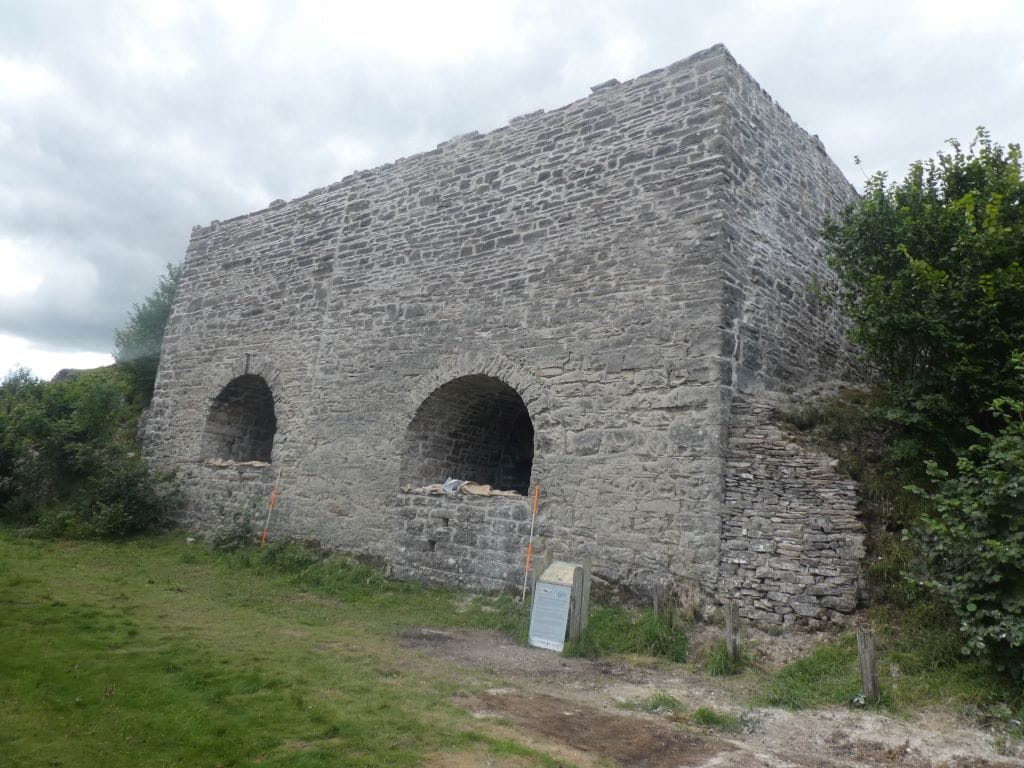
One of Westmorland’s most important 19th century industrial sites, the Smardale Gill limekilns, near Kirkby Stephen, have been restored.
It means the Grade II-listed stone structures can be removed from Historic England’s Heritage at Risk register.
The kilns had been one of 10 Scheduled Monuments and 74 Listed Buildings in the Yorkshire Dales national park to be classed as at risk.
Major repair work was carried out between May and October this year by contractors Staley Stonework of Richmond, following structural surveys completed by Mason Clark Associates of York. The project was led by the Yorkshire Dales National Park Authority, as part of the Westmorland Dales Landscape Partnership Scheme funded by the National Lottery Heritage Fund.
The restoration of the kilns is described as a significant achievement in a progress report on the national park authority’s annual work programme, considered by the Audit and Review Committee.
The project was also celebrated at the Dales Archaeology Day 2023, held in Middleham.
Senior historic environment officer Sarah Whiteley and an expert on lime kilns, David Johnson, who did the archaeological monitoring of the repair work on site, each gave presentations.
Mr Johnson told the conference: “It is a very good example of an industrial scale lime kiln and it’s by a very prominent footpath in a National Nature Reserve, so it was worth saving.
“It was in a heck of a mess but now I think it looks absolutely splendid.”
He paid tribute to stonemason Richard Staley, in particular for creating a bespoke device which was used to facilitate the injection of 30 tonnes of mortar into the rubble layer between the inner and outer walls of the kilns, to stabilise the structure.
Other work involved clearing turf from the kiln tops, removing loose stone from the firing bowls, replacing badly degraded stonework, and repointing throughout.
Ms Whiteley told the Dales Archaeology Day conference: “The kilns were built in the mid-19th century and appear on the 1857 1st edition Ordnance Survey map of the area.
“They were built initially for the production of lime used in the construction of Smardale Gill viaduct, then in the production of lime for steel making in Barrow and Darlington. They are part of a wider complex of industrial features here, which includes quarries, railway sidings, an incline plane tramway and engine house, representing what was formerly a major commercial lime producing operation.
“Hopefully we have maintained the significance of the kilns by doing this work, and have increased understanding of the monument.”
The Smardale Gill lime kilns are owned by Cumbria Wildlife Trust and are part of its publicly accessible Smardale Nature Reserve.
The national park authority worked with the wildlife trust, as well as the Northern Viaduct Trust, which owns the adjacent Smardale Gill viaduct, regarding access to the site and other logistics.































